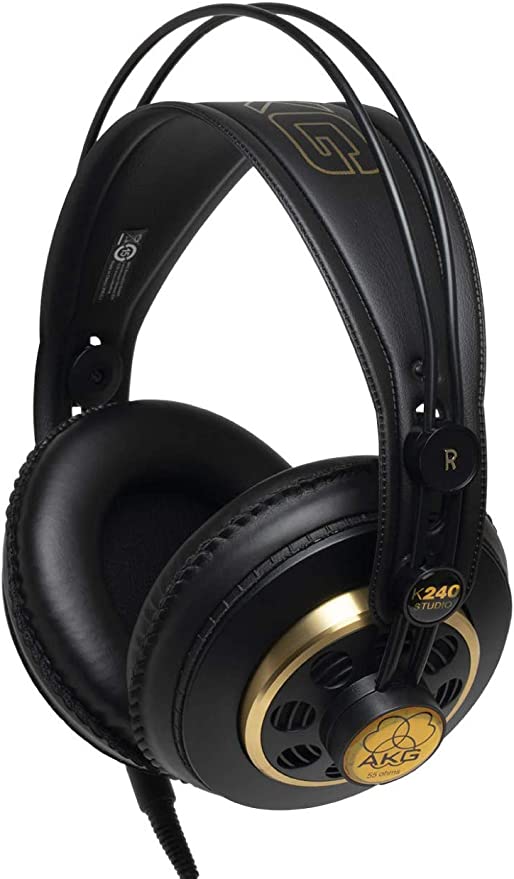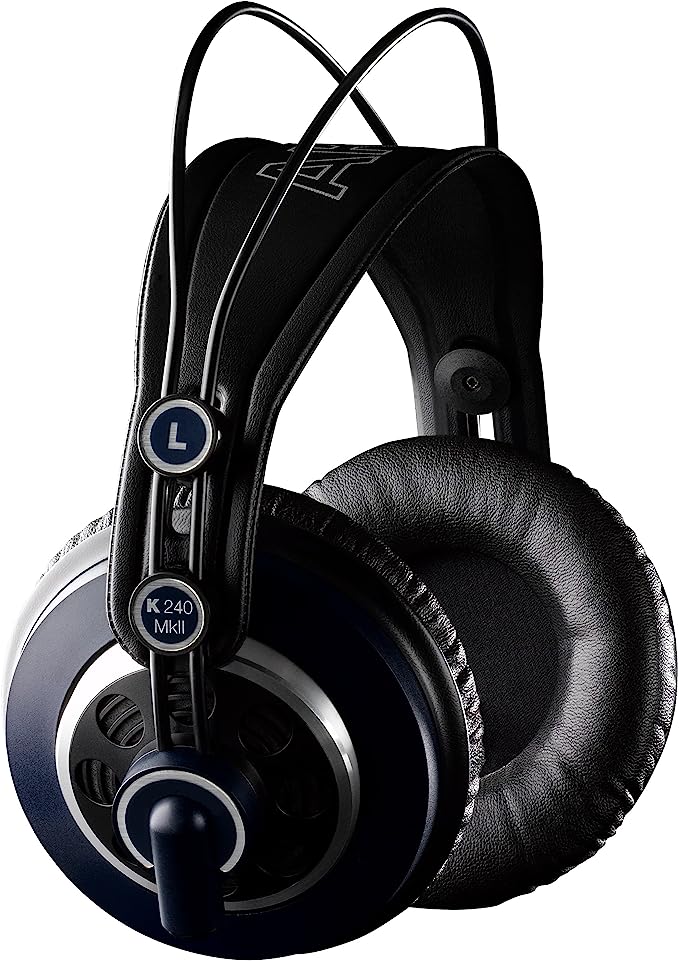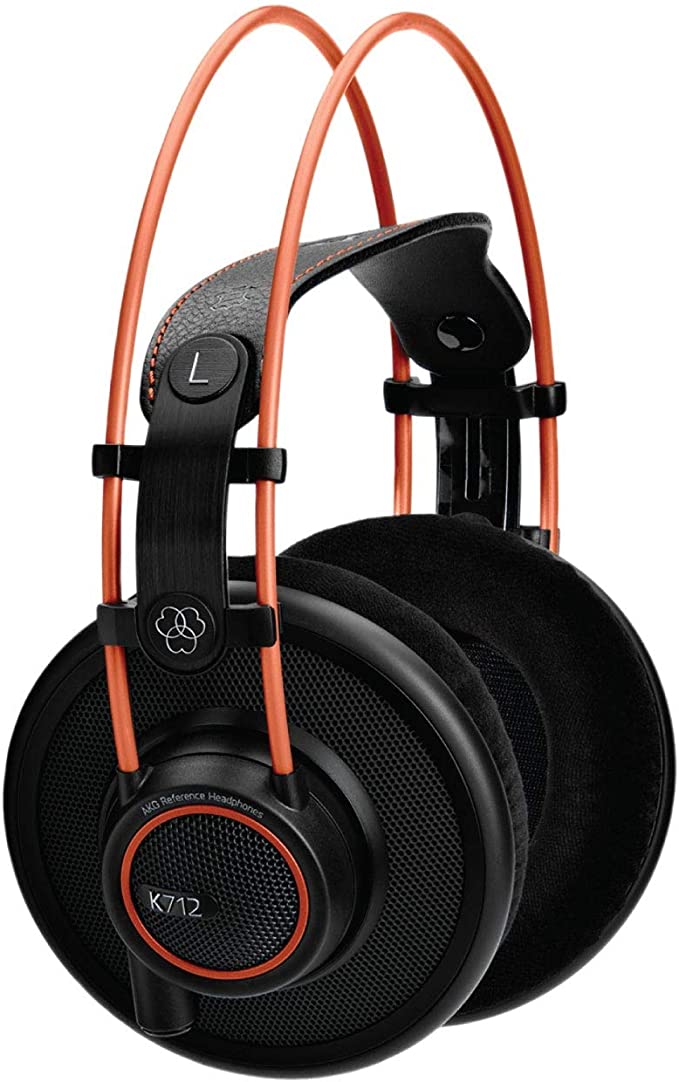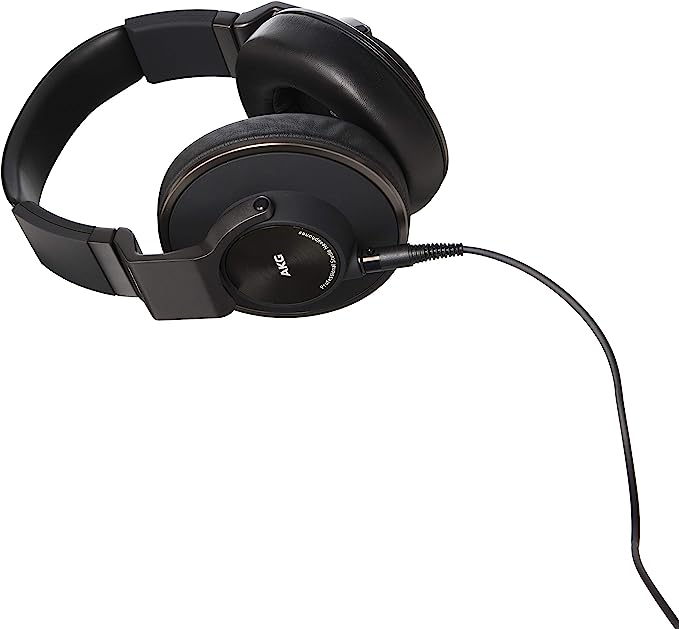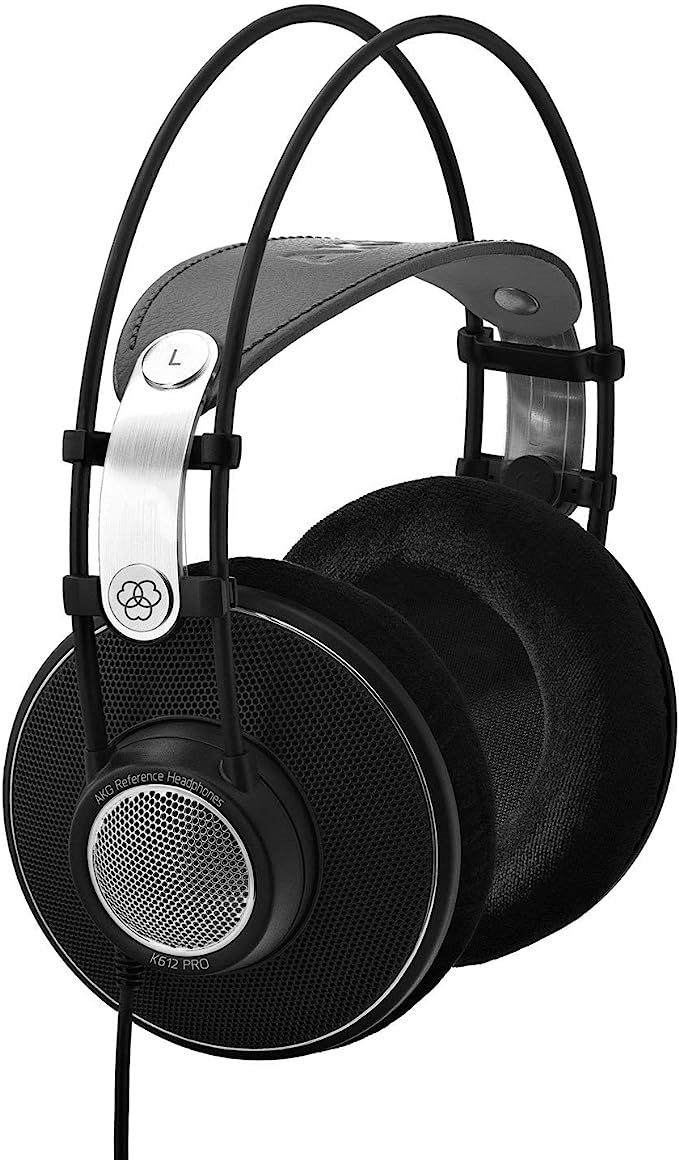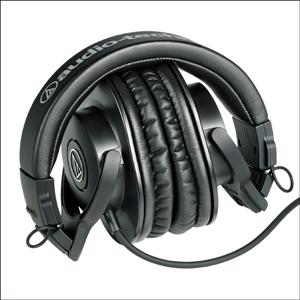The Portable Studio Paradox: A Guide to Open-Back Headphones for Mobile Mixing
Update on Nov. 14, 2025, 6:28 p.m.
The modern recording studio is no longer confined to four acoustically treated walls. It’s in a hotel room, a tour bus, a bedroom corner. Today’s musicians, producers, and podcasters are increasingly nomadic, creating professional content far from the traditional control room. This new freedom presents a fundamental challenge: how do you achieve the sonic accuracy required for critical mixing and editing when your environment is constantly changing?
This is the portable studio paradox. The very tool most trusted for accuracy in a studio—open-back headphones—is often the least practical for mobile use. This guide deconstructs the engineering philosophy behind a new generation of headphones designed to solve this exact problem, using the AKG Pro Audio K245 as a prime example of this evolving category.

The Bedrock of Mixing: Why Professionals Prefer Open-Back Designs
To understand the solution, we must first appreciate the principle. In a professional setting, engineers and producers overwhelmingly prefer open-back headphones for critical mixing tasks. The reason lies in acoustics.
Unlike closed-back headphones that seal your ears off, open-back designs feature perforated earcups. This allows air and sound to pass freely through the back of the driver. This simple design choice has profound sonic consequences: * It Eliminates Internal Resonance: In a closed cup, sound waves from the back of the driver reflect off the enclosure and interfere with the direct sound, creating pressure buildup and resonances that can “color” the audio, making it sound boxy or unnatural. An open design allows these back waves to escape, resulting in a cleaner, more transparent sound. * It Creates a Natural Soundstage: By allowing sound to interact with the space around you, open-back headphones produce a wide, spacious, and three-dimensional stereo image that more closely mimics listening to a pair of studio monitors in a room.
For mixing, this transparency and spaciousness are not luxuries; they are essential. They allow a creator to accurately judge the placement of instruments, the decay of reverb, and the overall depth of a mix.
The Mobile Compromise: Redefining “Open” for the Road
The traditional downside of open-back headphones is their lack of isolation. They leak sound out and let ambient noise in, making them impractical for public use. However, a model like the AKG K245 represents a nuanced approach. While labeled “open-back,” its design is more accurately described as “semi-open” or heavily vented.
This is a deliberate engineering trade-off. It aims to retain the key acoustic benefits of an open design—reduced resonance and an expanded soundstage—while managing sound leakage to a greater degree than a fully open headphone. For the mobile creator, this means you can achieve a more honest and less fatiguing listening experience than with a closed-back model, making it a viable tool for editing and mixing in a relatively quiet hotel room or home office.
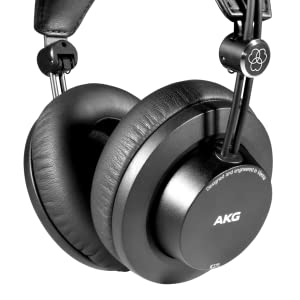
The Engine of Accuracy: Large Transducers and Low Impedance
To make accurate mixing decisions, you need to hear the entire frequency spectrum clearly, especially the bass. The AKG K245 features 50mm transducers, which are the largest in their class for this type of headphone.
From a physics standpoint, a larger diaphragm can move a greater volume of air with less effort. This is crucial for reproducing low frequencies with extension and detail, rather than just a muddy “thump.” It allows an engineer to distinguish between a kick drum and a bass guitar and to make precise equalization choices.
Just as important for a portable studio headphone is its electrical efficiency. The K245 has a low impedance of 32 Ohms and high sensitivity. In practical terms, this means it doesn’t require a powerful, dedicated headphone amplifier to reach adequate volume levels. It can be driven effectively by a laptop, an audio interface, or even a smartphone, ensuring you get consistent performance across a wide range of devices—a critical feature when you’re on the move.
Engineered for the Journey: The Mechanics of Portability and Comfort
A mobile tool must be built to travel. The K245 incorporates several key mechanical features that address the demands of a nomadic workflow: * Foldable Design: An innovative three-axis hinge allows the headphones to collapse into a compact, flat profile, making them easy to pack and protecting them from damage. * Built for Comfort: Long editing sessions require headphones that you can forget you’re wearing. A self-adjusting headband automatically conforms to the user’s head, distributing weight evenly to avoid pressure points. Slow-retention foam ear pads mold to the shape around your ears, providing a comfortable and consistent seal. * Durability: Critical components like the hinge are made of metal, and the detachable, coiled cable is a professional standard. Cables are the most common point of failure, and the ability to easily replace one vastly extends the lifespan of the headphones.
Conclusion: A Tool for the Modern Creator
The AKG K245 is more than just a pair of headphones; it’s an engineered solution to a modern problem. It acknowledges the paradox that the ideal acoustic design for critical listening (open-back) is often at odds with the practical needs of portability.
By creating a durable, foldable, and efficient headphone that retains the core sonic benefits of an open-back architecture, AKG has provided a valuable tool for the growing army of creators who refuse to let their location limit their creativity. It’s a testament to a 70-year legacy of understanding what producers and musicians truly need: an honest, transparent, and reliable window into their sound, wherever they happen to be.
